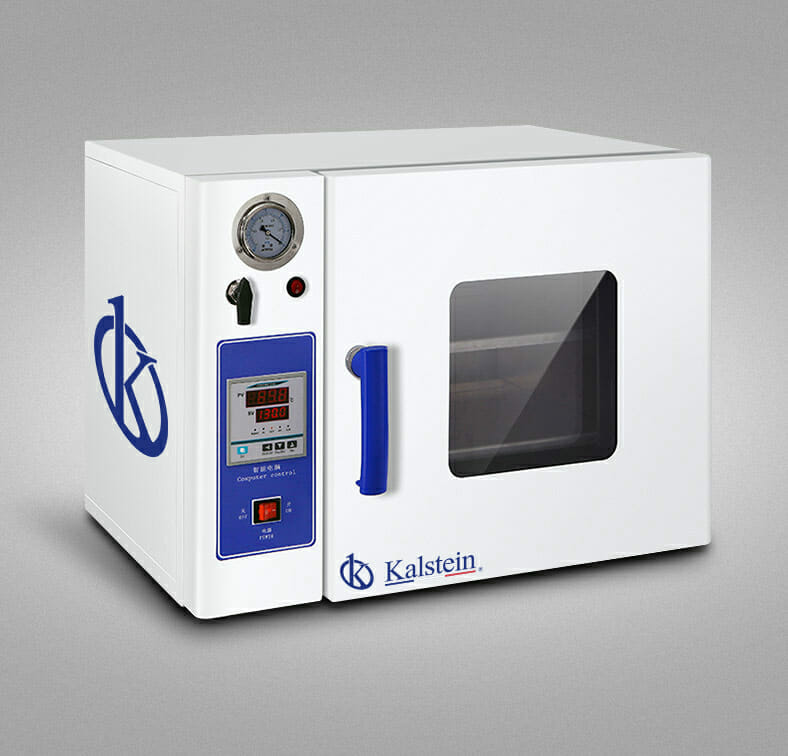Dry sterilization is a process in which heat is applied to denature pathogenic organisms and harmful chemicals present in materials. This technique is commonly used in many fields of industry to ensure that products meet the required quality standards. Therefore, the use of a laboratory oven for dry sterilization has become indispensable. This is a useful and modern tool for professional users, but, for its correct operation, it is necessary to follow a series of recommendations for safe purposes. These recommendations must be scientifically supported and be up to date with the latest technological trends available.
In Kalstein as a manufacturing company we have special equipment of the highest quality, a variety of YR models of laboratory ovenss at the best price, see them HERE, and our consultants are always ready to respond to any requirement to meet the demands of the sale.
General use of the laboratory ovens
Laboratory ovens are intended to provide an enclosed space in which the temperature and time of exposure to materials for dry sterilization can be controlled. Most ovens are made of heat-resistant materials that can be used for most sterilization processes. These ovens generally consist of a safe box with a high temperature range, which varies from 200°C to more than 250°C. In addition, some models also have advanced control equipment to monitor the temperature accurately.
Recommendations for laboratory oven use
Before using a laboratory oven, it is important to carefully read all recommendations for use to avoid future problems. For example, it is essential to maintain the cleanliness of the oven to ensure proper sterilization. Also, users of the equipment should be aware of the temperature range for sterilization of materials and adjust the temperature depending on the need. If a thermocouple is available, make sure that it is calibrated correctly to ensure that the temperature is correct.
In addition, users of the laboratory oven should keep it in good maintenance condition on a regular basis. This includes checking the door for cracks or the presence of air, as well as checking the condition of all inserts, gaskets and seals to prevent air leaks and allow the equipment to function properly. It is also important to check the temperature control to ensure proper operation.
Need for proper installation
All laboratory ovenss must be installed strictly according to established installation procedures, especially if it includes advanced control elements. This is necessary so that users can correctly tune the different channels and parameters according to their individual needs. In addition, during the installation process the equipment should also be checked to ensure that the equipment is completely in order before use.
In conclusion, it can be said that the laboratory oven is a modern and useful tool for dry sterilization in industries, but for its correct operation a series of recommendations for safe endings must be followed. This includes periodic cleaning of the oven, knowledge of the correct temperature for sterilization of materials and the need for proper installation of the equipment. Having a good knowledge of the recommendations for use of the laboratory oven will help users to obtain the best dry sterilization results.


